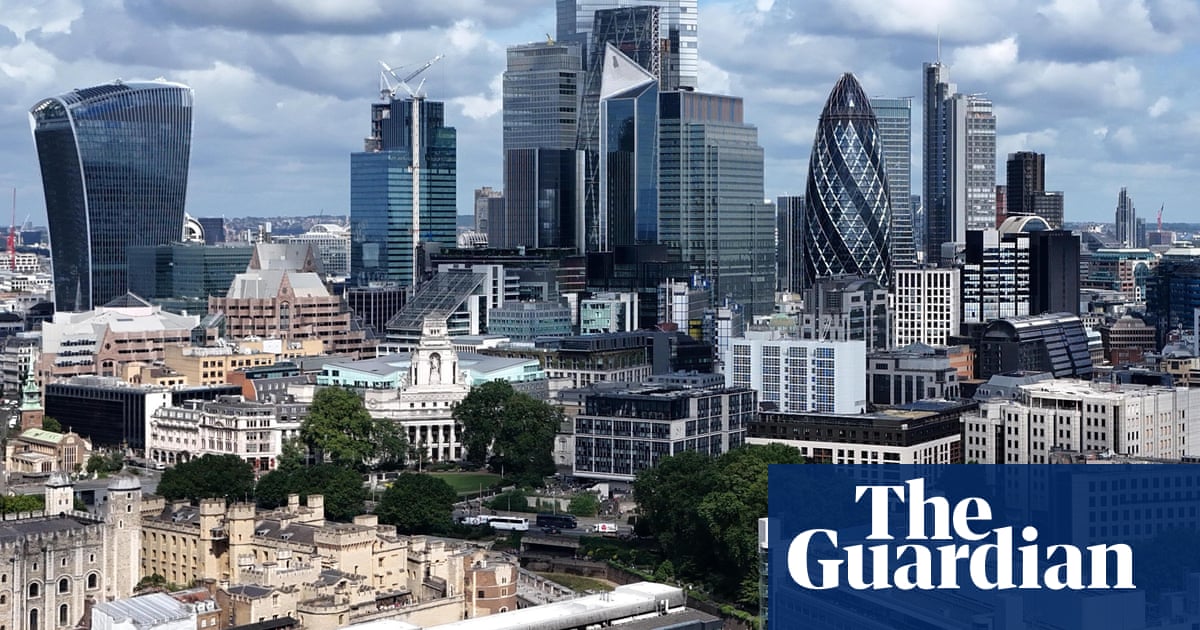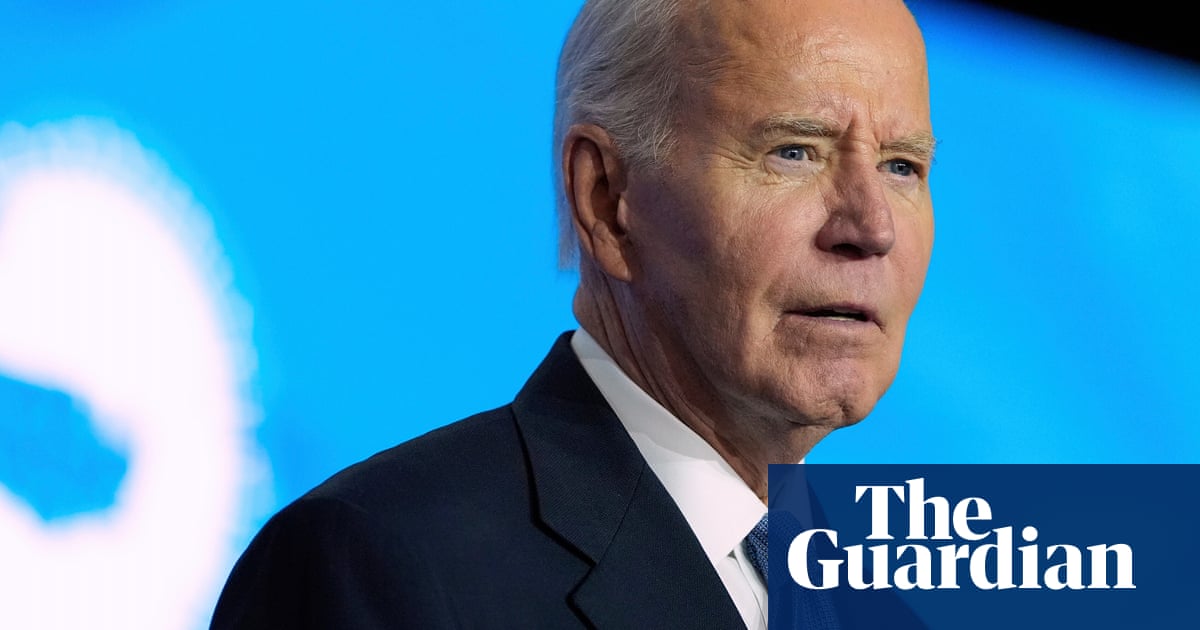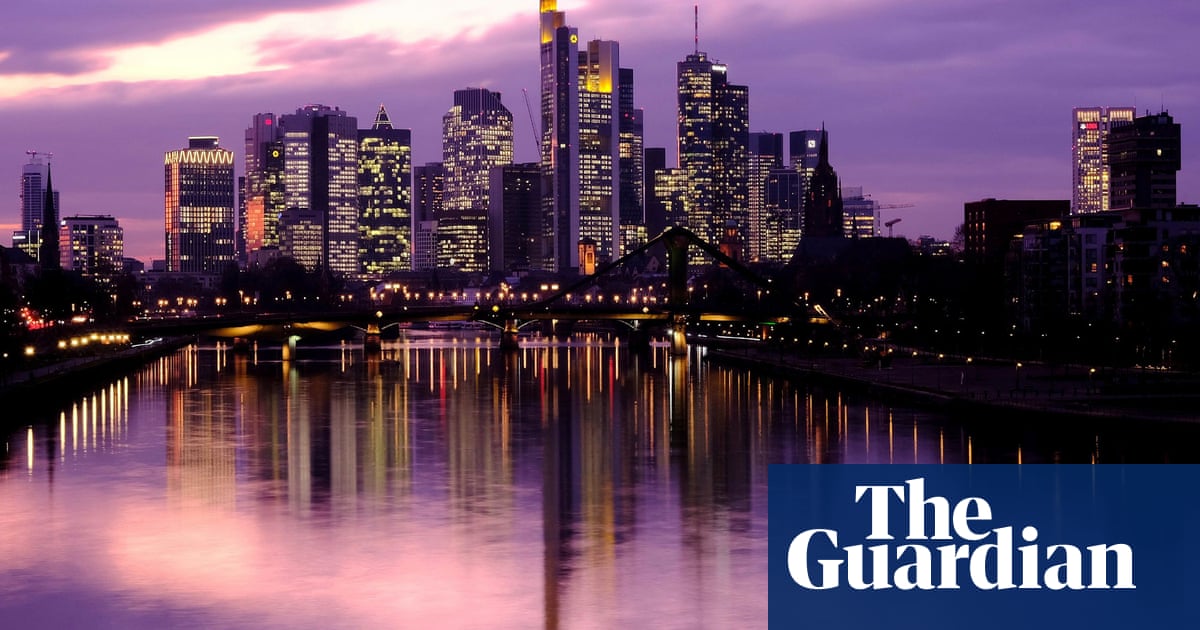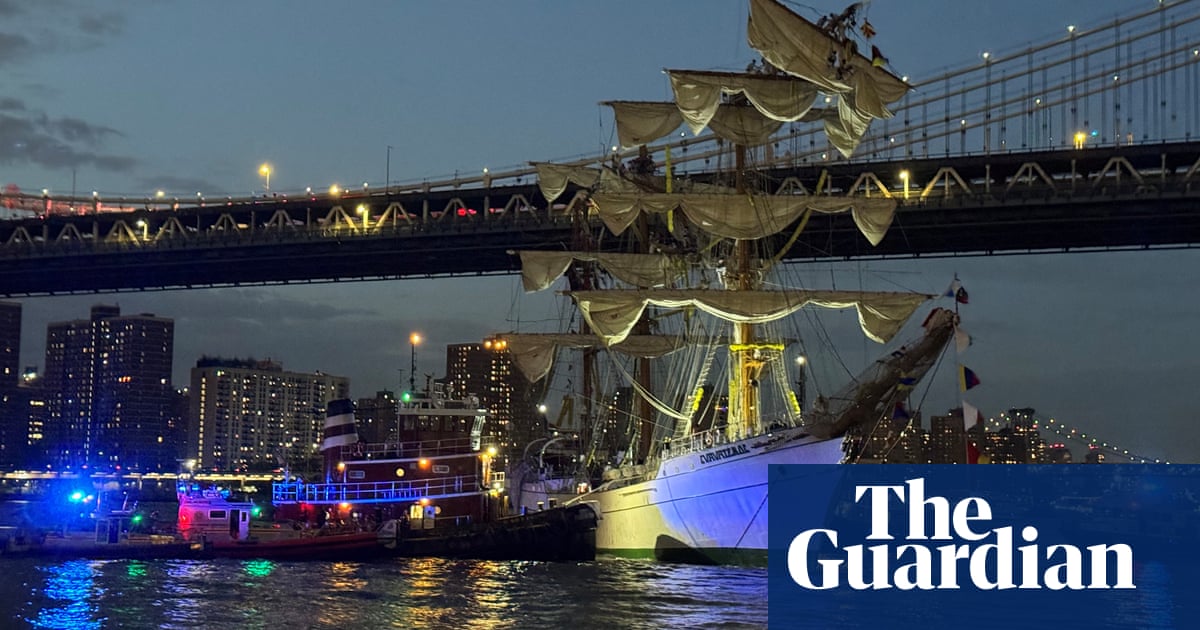The answer to too much private equity ownership at Thames Water, it turns out, is more private equity ownership.
Say hello to KKR, the preferred bidder for the UK’s biggest water company. If you remember them as the original “barbarians at the gate”, the US private equity firm would probably point out that the reference to a leveraged buyout of a US biscuit company is more than 35 years old. These days, the relevant unit of KKR would like to be known as an infrastructure investor, which has a cuddlier ring.
On day one as official frontrunner, however, KKR saw no need to inform Thames’s 16 million captive customers of its thinking about the business. True, the plan to take control by investing £4bn in equity isn’t finalised but you’d still expect a wannabe new owner to offer a few words of comfort at this stage, if only to put some distance between itself and Macquarie, the Australian private equiteers of 2006-2017 vintage who wrecked the balance sheet in the first place.
Instead, KKR left the main questions unanswered. Who at KKR would ultimately be in charge of this investment? Will Chris Weston, Thames’s chief executive, survive? Do KKR’s plans for Thames differ meaningfully from the company’s own business plan? And – critically – what sort of “regulatory support and accommodations”, as Thames expressed it mysteriously a couple of weeks ago, are being sought?
Not that the company itself was more forthcoming. There was no explanation of why KKR was chosen over, say, CK Infrastructure or Castle Water, among the pack of interested parties.
Thus, you don’t have to be overly cynical to think the clincher for KKR was nothing more than the presumption that it was proposing smaller haircuts for Thames’s class A senior bondholders. There will still be a “material impairment” for the As, but that outcome has been guaranteed for at least 18 months as Thames’s debt has nudged to £16bn, even before the contentious £3bn emergency top-up. The question was always the degree of materiality.
If KKR reckons it can afford to let the As escape with 75p in the pound (in line with current market prices), you can see why the bondholders would be keen. The financial damage for them could be much worse given the size of Thames’s failures and the size of the necessary catch-up spending.
But, if that’s where KKR is aiming – a £4bn injection, together with a bottom-of-the-range writedown and conversion for bondholders – we’d love to hear an explanation of how that will create sufficient financial room to haul Thames out of the mire. KKR is a 25% shareholder in Northumbrian Water, a less troubled utility that offers few lessons. Thames’s woes are of another order.
after newsletter promotion
On the plus side, KKR is still sufficiently barbarous not to have the wool pulled over its eyes by the US hedge funds that populate the A debt. This is very definitely a restructuring negotiation between financial grownups. It’s just that, in a process with minimal transparency, it’s hard to spot who is looking out for customers’ interests around the table.
The alternative of special administration at least offered the possibility of a once-and-for-all reduction in debt followed by a return to the stock market. KKR will presumably offer its view from New York at some point. In the meantime, though, you wouldn’t blame staff at the Mogden sewage plant if the prospect of another spin on private equity’s carousel, this time with US hedge funds as co-riders, doesn’t fill them with joy.

.png) 1 month ago
31
1 month ago
31

















































